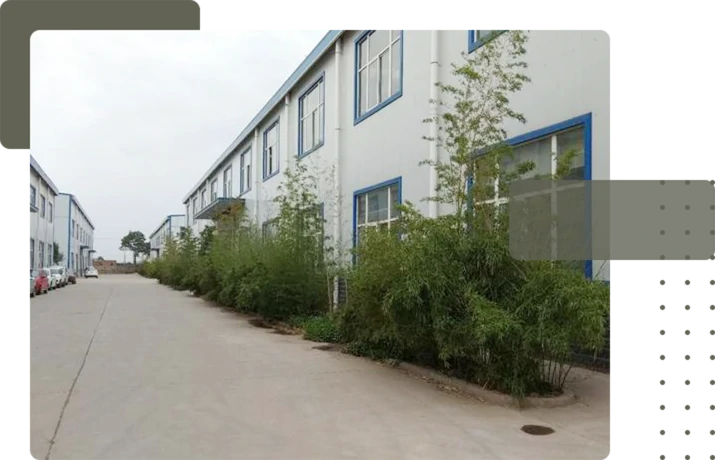cast iron
The Versatility and Legacy of Cast Iron
Cast iron, a material that has stood the test of time, has been a significant part of human innovation and industrialization for centuries. Its unique properties, including durability, excellent heat retention, and versatility, have made it an essential choice across various applications, from kitchenware to architectural elements and more.
Historical Context
The history of cast iron dates back to ancient China, where it was first developed around the 5th century BC. Used initially for agricultural tools and weapons, its ability to cast into complex shapes allowed for greater flexibility in production methods. The material’s popularity spread throughout Asia and eventually to Europe, where it found applications not only in utilitarian items but also in decorative art and engineering as industrialization ramped up in the 18th and 19th centuries.
The Industrial Revolution marked a pivotal moment for cast iron. It became the backbone of construction and manufacturing, with advancements in foundry techniques leading to larger and more intricate designs. This helped in creating iconic structures like bridges, railways, and buildings adorned with ornate cast iron facades. Cast iron thus became synonymous with modernity, strength, and artistic expression.
Properties of Cast Iron
Cast iron is primarily an iron-carbon alloy with a carbon content greater than 2%. Its distinctive properties stem from this composition. One of the most notable characteristics is its excellent thermal conductivity and heat retention, making it a favorite material for cookware. Cast iron skillets and Dutch ovens are favorites among chefs for their ability to maintain steady temperatures, ensuring even cooking and browning.
Additionally, cast iron is remarkably durable. It is resistant to warping and can withstand high temperatures, making it suitable for various cooking methods, including frying, baking, and roasting. With proper care, cast iron cookware can last generations, often becoming heirlooms passed down through families.
cast iron

Versatility in Design
Beyond the kitchen, the versatility of cast iron is evident in numerous other applications. In architecture, cast iron is employed in decorative railings, gates, and even entire building structures. The unique aesthetic appeal of cast iron, with its ability to be intricately molded and finished, adds a distinct charm to both contemporary and historical designs.
In the world of art, cast iron is used for sculptures and installations, where its strength allows artists to create large-scale works without compromising structural integrity. Moreover, cast iron pipes have been a staple in plumbing systems due to their durability and resistance to weathering, further expanding the material's utility.
Challenges and Modern Alternatives
Despite its many advantages, cast iron also faces challenges in the modern world. The production of cast iron can be energy-intensive, and its weight can be a disadvantage compared to lighter materials. As a result, alternatives like aluminum and stainless steel have gained popularity in both cookware and construction. However, the unique benefits of cast iron – particularly in culinary applications – ensure that it remains a favored choice among many.
Conclusion
In conclusion, cast iron is a remarkable material that has played a significant role in various facets of life, from cooking to construction and artistic endeavors. Its enduring nature and versatility have solidified its place across generations, continuing to inspire innovation and appreciation. As we move forward, the legacy of cast iron will undoubtedly endure, offering a blend of tradition and modernity that few materials can match. Whether in a rustic kitchen or as a structural element in a sleek modern building, cast iron continues to resonate with those who value durability, functionality, and beauty.
-
Wrought Iron Components: Timeless Elegance and Structural StrengthNewsJul.28,2025
-
Window Hardware Essentials: Rollers, Handles, and Locking SolutionsNewsJul.28,2025
-
Small Agricultural Processing Machines: Corn Threshers, Cassava Chippers, Grain Peelers & Chaff CuttersNewsJul.28,2025
-
Sliding Rollers: Smooth, Silent, and Built to LastNewsJul.28,2025
-
Cast Iron Stoves: Timeless Heating with Modern EfficiencyNewsJul.28,2025
-
Cast Iron Pipe and Fitting: Durable, Fire-Resistant Solutions for Plumbing and DrainageNewsJul.28,2025
-
 Wrought Iron Components: Timeless Elegance and Structural StrengthJul-28-2025Wrought Iron Components: Timeless Elegance and Structural Strength
Wrought Iron Components: Timeless Elegance and Structural StrengthJul-28-2025Wrought Iron Components: Timeless Elegance and Structural Strength -
 Window Hardware Essentials: Rollers, Handles, and Locking SolutionsJul-28-2025Window Hardware Essentials: Rollers, Handles, and Locking Solutions
Window Hardware Essentials: Rollers, Handles, and Locking SolutionsJul-28-2025Window Hardware Essentials: Rollers, Handles, and Locking Solutions -
 Small Agricultural Processing Machines: Corn Threshers, Cassava Chippers, Grain Peelers & Chaff CuttersJul-28-2025Small Agricultural Processing Machines: Corn Threshers, Cassava Chippers, Grain Peelers & Chaff Cutters
Small Agricultural Processing Machines: Corn Threshers, Cassava Chippers, Grain Peelers & Chaff CuttersJul-28-2025Small Agricultural Processing Machines: Corn Threshers, Cassava Chippers, Grain Peelers & Chaff Cutters












